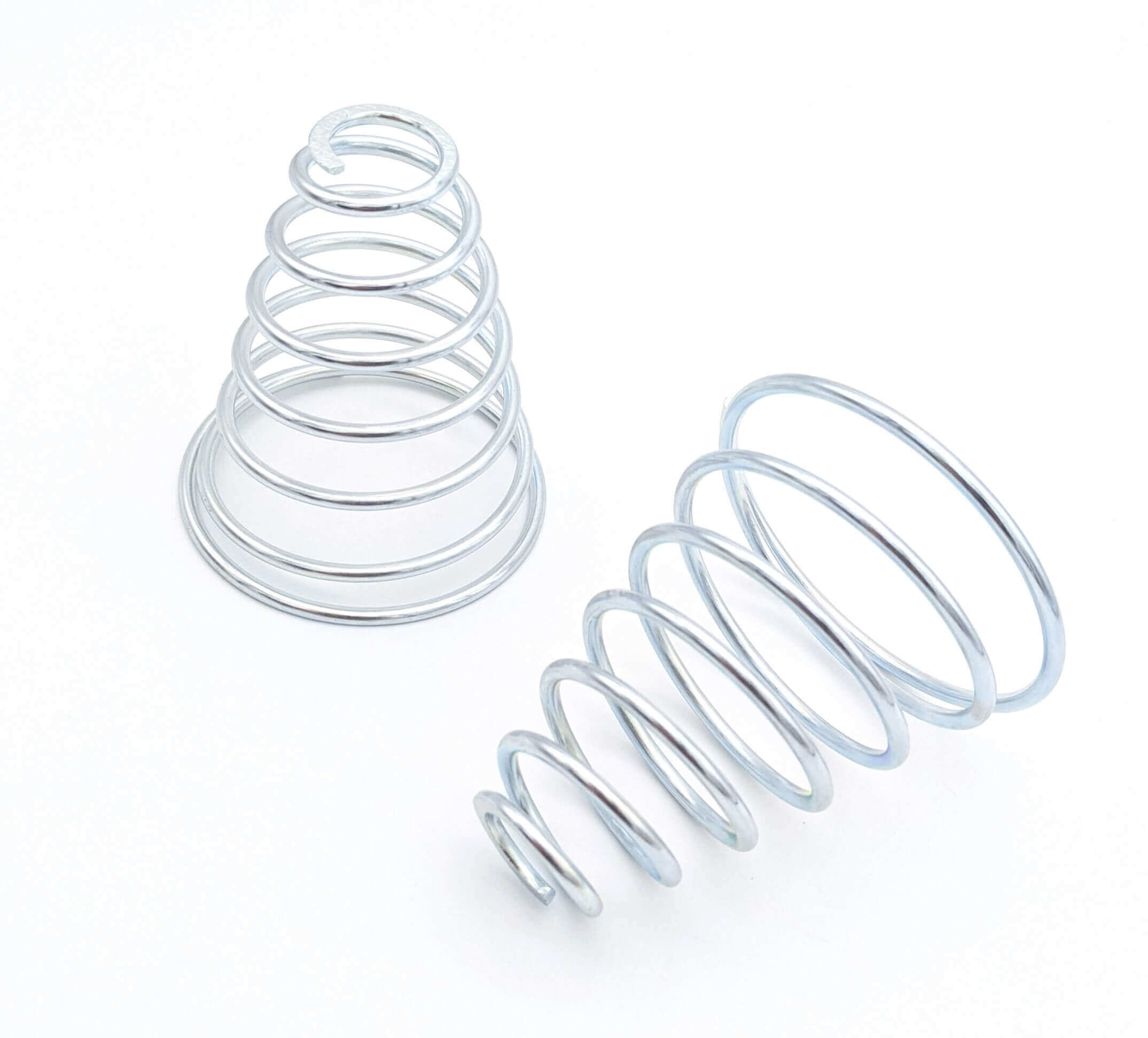Get unique, complex parts easily. No matter your requirements, Chaoyi Spring creates hard-to-produce coil springs and wire forms.
Let us help you create the custom wire form you need, from S-hooks and J-hooks to utility hooks and more.
We work closely with customers across a wide range of industries, helping them design and manufacture made-to-order parts.
Why choose Chaoyi Spring? We prioritize customer-focused collaboration, modern equipment and the latest technology to make your parts per print.
Find the information and guidance you need, from measuring a spring to learning about materials, placing an order and much more.
Compression springs are ubiquitous in our daily lives, silently working behind the scenes to provide support, absorb shock, and store energy. From the simple act of pressing down on a


Compression springs are ubiquitous in our daily lives, silently working behind the scenes to provide support, absorb shock, and store energy. From the simple act of pressing down on a pen to the complex mechanisms of a car suspension, these coiled marvels play a crucial role in modern engineering. Understanding the principles governing their behavior, including their characteristics, applications, and the factors affecting their performance, is essential for anyone involved in design and engineering. This article delves into the world of compression springs, exploring their fundamental principles and highlighting their wide-ranging applications.

Compression springs, as the name suggests, are designed to resist compression forces, shortening in length when a load is applied. They are typically made of coiled wire, often spring steel, which possesses excellent elastic properties. When compressed, the spring stores potential energy, which is released when the load is removed, allowing the spring to return to its original length.
The behavior of a compression spring is governed by fundamental principles, including Hooke's Law, which states that the force exerted by a spring is directly proportional to its displacement from its equilibrium position. This linear relationship holds true within the elastic limit of the spring material. Beyond this limit, the spring may deform permanently or even break.
Several key characteristics define the behavior of a compression spring:
Various factors influence the performance of compression springs:
Compression springs are incredibly versatile and find applications across numerous industries. Here are some notable examples:
Compression springs are remarkable engineering marvels that contribute significantly to the functionality and performance of countless devices and systems. Understanding their fundamental principles, including Hooke's Law and the factors affecting their behavior, allows for informed design and application. From simple everyday objects to complex industrial machinery, compression springs silently work to provide support, absorb shock, and store energy, making them indispensable components in our modern world.
The next time you encounter a spring, take a moment to appreciate the science and engineering behind it. These seemingly simple devices play a crucial role in our daily lives, silently working to make things function smoothly and efficiently.
Browse some of the custom wire forms and springs that we manufacture. Don’t see what you need? We specialize in made-to-order products that meet your application requirements.
Visit Our GalleryNeed a custom wire form or coil spring? We make it work. Fill out the contact form and a representative will respond within 1 business day. If you have a PDF or CAD file, you can submit to request a quote.